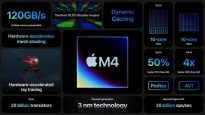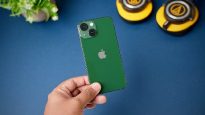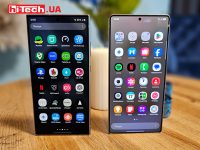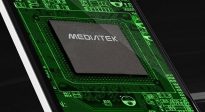What is RCS and why is it the imposed future of all messengers, including iMessage?
22.01.24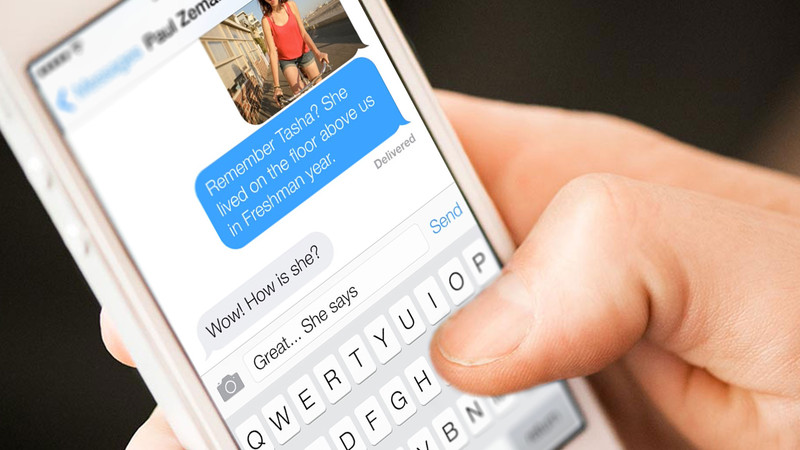
The history of messaging protocols can be boring, sometimes fascinating, but money and competition will sooner or later force everyone to submit to market standards. We’ll talk about the history of SMS, RCS and Apple’s inclination to cooperate with other messaging services in this article.
From SMS to RCS
Short Message Service (SMS) is one of the most widely used text messaging tools on the planet. It appeared with the first steps of the development of mobile technologies. In December 1992, engineer Neil Papworth sent his first SMS while working for Vodafone, sending Christmas wishes to his boss. At the beginning of 2011, about 80% of all mobile phone users in the world, approximately 3.5 billion people, used SMS for interaction every month.
SMS may seem outdated in an era dominated by instant messaging platforms, but it has one key advantage. Messages are routed through the operator’s mobile network, meaning Internet access is not required to use this technology.
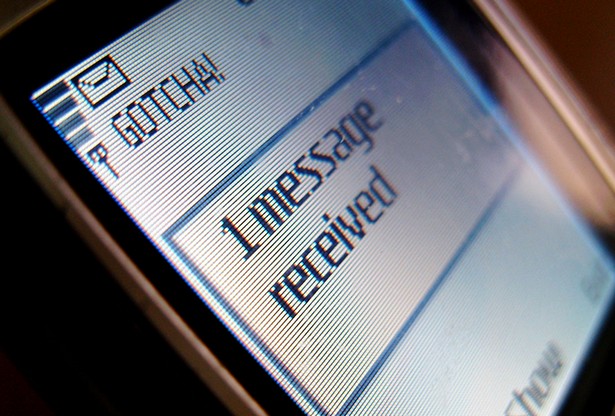
RCS (Rich Communication Services) is a data communication protocol known as “Advanced Messaging” in commercial implementation, developed by the GSMA (Telecom Operators Association). The same one that organizes the annual MWC exhibition.
RCS is an evolution of SMS and MMS. The main difference between RCS and SMS and MMS is the ability for users to use more functions other than text. For example, the RCS Universal Profile supports read and typing indicator service messages. It allows you to organize group chats and transfer images, videos and audio.
Starting in 2023, Google’s RCS implementation also includes standard end-to-end encryption (E2EE) for individual and group chats.
One of the key differences between RCS and SMS is that RCS messages are sent over mobile data or Wi-Fi, while SMS is used as a fallback option.
On the third hand, in addition to SMS and RCS, there is a third type of messaging standard – iMessage from Apple.
Why iMessage separately?
Apple announced iMessage in June 2011. During the presentation of the iMessage function, Steve Jobs promised to open access to the API to all developers and stated that in the future the protocol will become Open-Source. However, after his death, the company’s management never returned to this issue.
Unlike RCS, iMessage is a proprietary messaging protocol that is controlled solely by Apple and is available (with the exception of some unofficial homebrew routes) only on the company’s devices – iPhone, iPad, Apple Watch and Mac.

Although there are sources claiming that the iMessage protocol is based on XMPP, the protocol is actually based on Apple Push Notification Service (APNS), a proprietary synchronous binary data transfer protocol.
Just like APNS, iMessage sets up a keepalive connection with Apple’s servers. Each connection has its own unique code, which acts as a route identifier that must be used to send a message to a specific device. The connection is TLS encrypted using a client certificate that requires the device to activate iMessage.
Now, when Apple device owners try to send text messages or media to someone with an Android phone, the signature blue bubbles change color to green, switching to the standard SMS/MMS format.
Why did Apple ignore RCS?
Despite the fact that work on RCS began before Apple introduced iMessage, the RCS protocol had a serious drawback that slowed down its implementation. RCS is a multi-stakeholder project. For a long time there were problems with the agreement of all RCS participants, and in the early stages the protocol encountered operational problems.
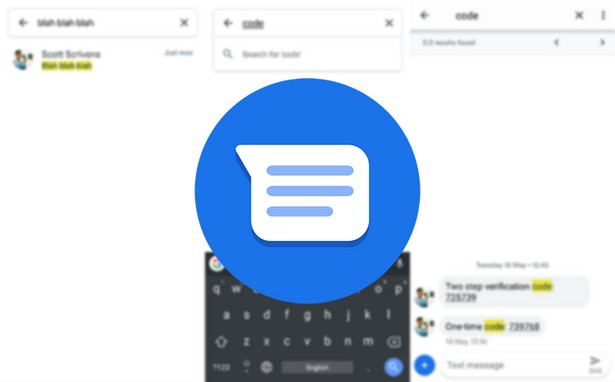
In 2015, Google actively became involved in the distribution of RCS by acquiring Jibe Mobile. With it, Google secured support for the RCS ecosystem. Samsung also fought for a while before agreeing to make Google’s Messages the default messaging app on its phones in the US.
Apple had little incentive to adopt RCS and compete with others. Experts estimate that iMessage has about 1 billion users worldwide.
Apple was forced to add RCS support?
Obviously, going against all operators and manufacturers of hardware and software (including Google) is beyond the power of even a leading company from Cupertino for several years. Moreover, it has close partnerships with the entire telecom market. Apple argued that iMessage should not be subject to the new rules. Users don’t pay directly to use it, and Apple devices can be used without the messaging app.

Competitors have long sought to remove iMessage’s exclusivity on Apple hardware in hopes it might entice customers to switch to their devices. In a letter sent to the European Commission, the signatories, represented by the heads of Google, Vodafone, Deutsche Telekom, Telefónica and Orange, demand that iMessage be given the title of an “essential” service, and under the Digital Markets Act, Apple will be forced to “arrange” its compatibility with other services.
At the end of 2023, the European Union did pass the Digital Markets and Services Act (DMA), which requires vendors not to restrict the ability of third parties to interact with their systems.
Starting in 2024, Apple plans to integrate RCS support into its Messages app. However, the two protocols are currently incompatible.
hi-tech.ua project manager
Don't miss interesting news
Subscribe to our channels and read announcements of high-tech news, tes
Oppo A6 Pro smartphone review: ambitious

Creating new mid-range smartphones is no easy task. Manufacturers have to balance performance, camera capabilities, displays, and the overall cost impact of each component. How the new Oppo A6 Pro balances these factors is discussed in our review.
Top news of 2025 on hi-tech.ua

Our editorial team traditionally sums up the results every year. We recently showcased the editors’ top devices. Now it’s time to share the top news stories from hi-tech.ua in 2025.
Samsung Galaxy S26 will cost the same as the Galaxy S25. Company will fix the price business rumors Samsung smartphone
Samsung faced rising costs and currency fluctuations, but chose not to pass on the extra costs to customers.
MediaTek Dimensity 7100 – 8-core CPU with 200MP camera support MediaTek processor smartphone world events
The MediaTek Dimensity 7100 includes four high-performance ARM Cortex-A78 cores with a maximum clock frequency of up to 2.4 GHz


